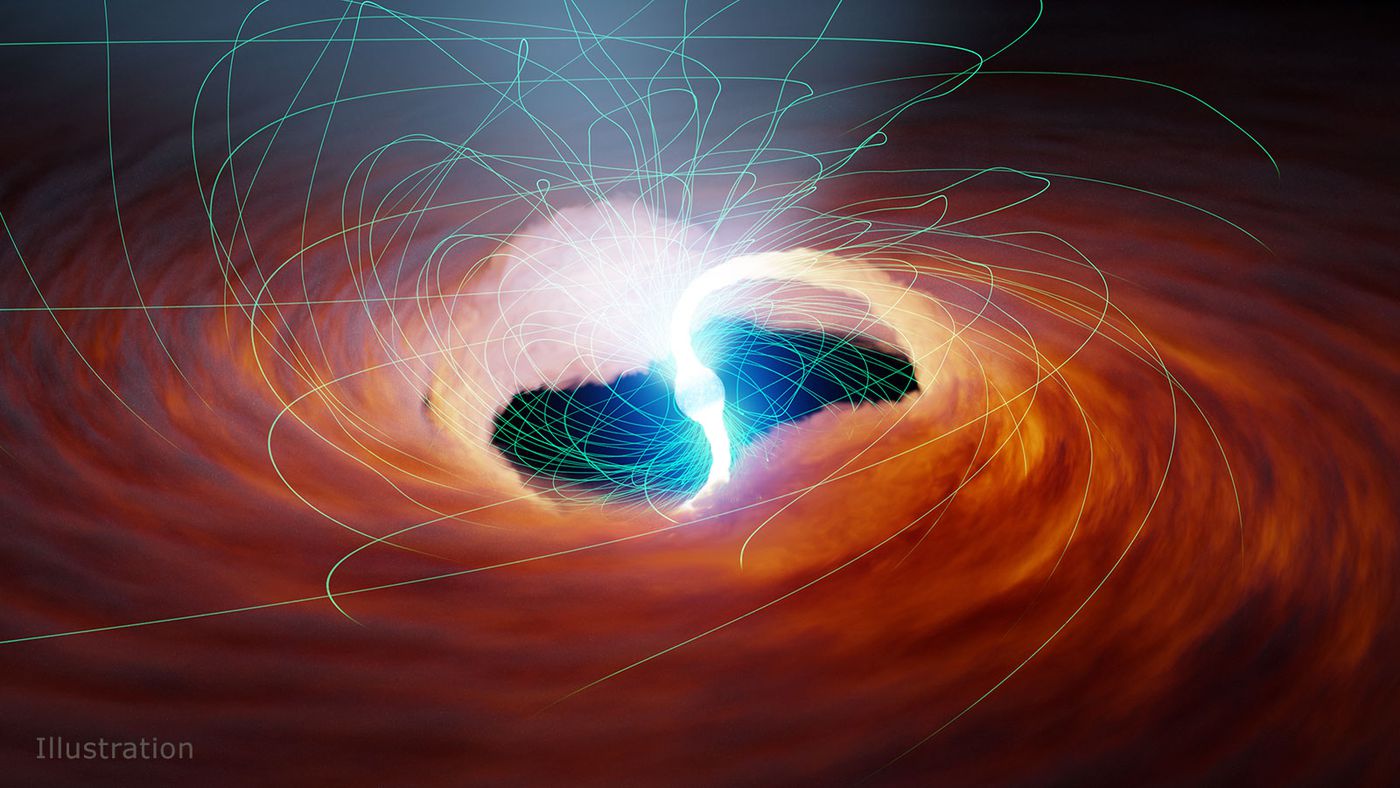The object shines much brighter than physics allows and astronomers are astonished
3 min read
An object with a brightness of 10 million suns shocked astronomers for violating one of the rules of physics: the Eddington limit, which determines how bright a celestial body can be. Now, a new study suggests that the atoms of matter surrounding the object are being “pulled” by a powerful magnetic field.
Since confirming that object M82 X-2 — an ultra-luminous X-ray source (ULX) composed of a neutron star and its surrounding matter — violates the Eddington limit, scientists have tried to explain how this could happen.
An earlier study suggested that the flare emission actually has the shape of a cone pointed toward us; This would give the impression that the luminosity will be greater than it actually is. However, recent research published in Astrophysical Journal Refute this hypothesis.
According to the authors, the object is in fact breaking the rules of physics, contrary to what previous research suggests. The new study says this is caused by the neutron star’s magnetic fields, which are billions of times stronger than any magnet that can be produced on Earth.
What is the Eddington limit?
To better understand this debate, one needs to understand the role of photons in an object’s maximum brightness. In an object like M82 X-2, the photons are emitted from something around the neutron star: material stolen from a nearby star.
As this material approaches the neutron star, its speed gradually increases until it gets hot enough to emit an intense glow. However, when photons from this light meet the neutron star, they exert a small impulse on the object.
This stimulation occurs when photons encounter something along the way, and most of the time it is imperceptible. Imagine, however, what would happen if there were too many photons! If a cosmic body emits enough light per square meter, the thrust will be much stronger.
In ULXs, there are enough photons for this push to overcome the neutron star’s gravity. In other words, if a flood of photons emitted from a cloud of matter were pulled away by a massive object, they would push off both objects. Or rather, they will exert an opposing force on both sides, like a spring between a heavy object and the ground.
Since the stolen matter is on the outer side of the cloud, and the neutron star is at the center of that system, it is the matter that will drift away. Thus, the gravity exerted by the star will be overcome by the push of the photons – and at this moment astronomers say the object has reached the Eddington limit.
Violation of the Eddington limit
In the case of M82 X-2, things don’t go as they should, because the detected brightness is well above the threshold for the density of the substance in question. The neutron star steals about 1.5 times the Earth’s mass annually, and with this information available, scientists can estimate how bright the object will be.
But how does this happen? According to the recent study, this is because the neutron star’s magnetic fields distort the atoms, which are more or less spherical, into elongated, filamentous shapes. This would reduce the ability of the photons to push the atoms of the stolen matter away from the neutron star.
As a result, matter continues to be attracted by the neutron star’s gravity and more photons are emitted, increasing the brightness beyond the theoretical limit. While this is an elegant explanation, it cannot be tested in a laboratory, because it is impossible to reproduce the magnetic fields of a neutron star.
source: Astrophysical Journal; via: NASA

“Entrepreneur. Music enthusiast. Lifelong communicator. General coffee aficionado. Internet scholar.”

:strip_icc()/s04.video.glbimg.com/x720/11792055.jpg)

:strip_icc()/s03.video.glbimg.com/x720/11786998.jpg)



